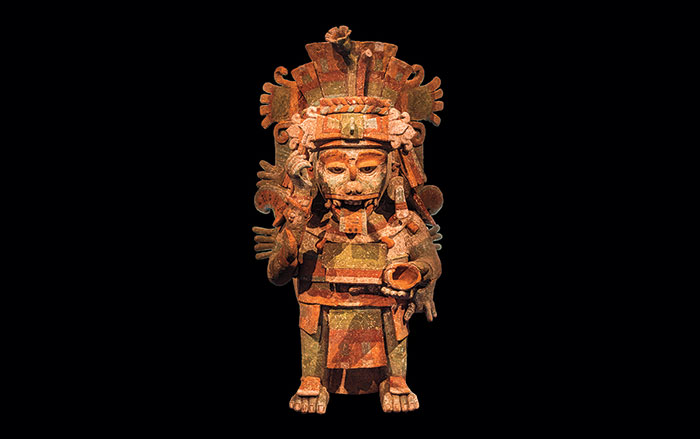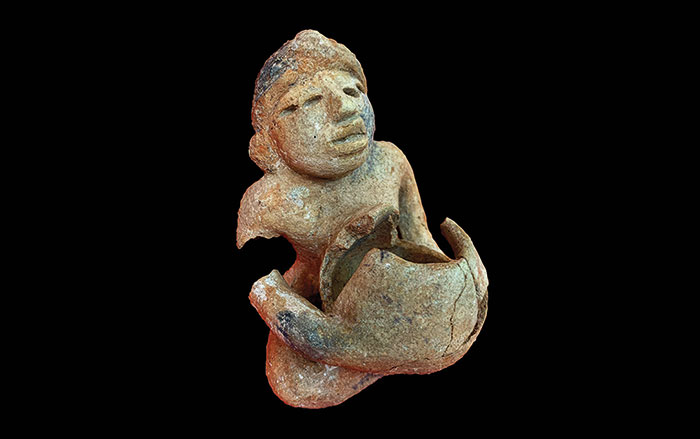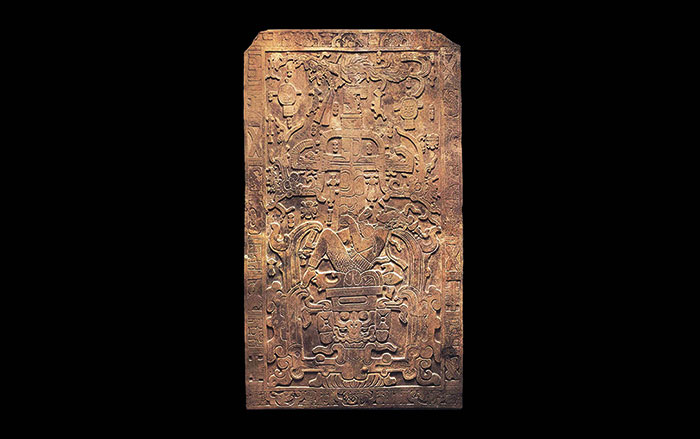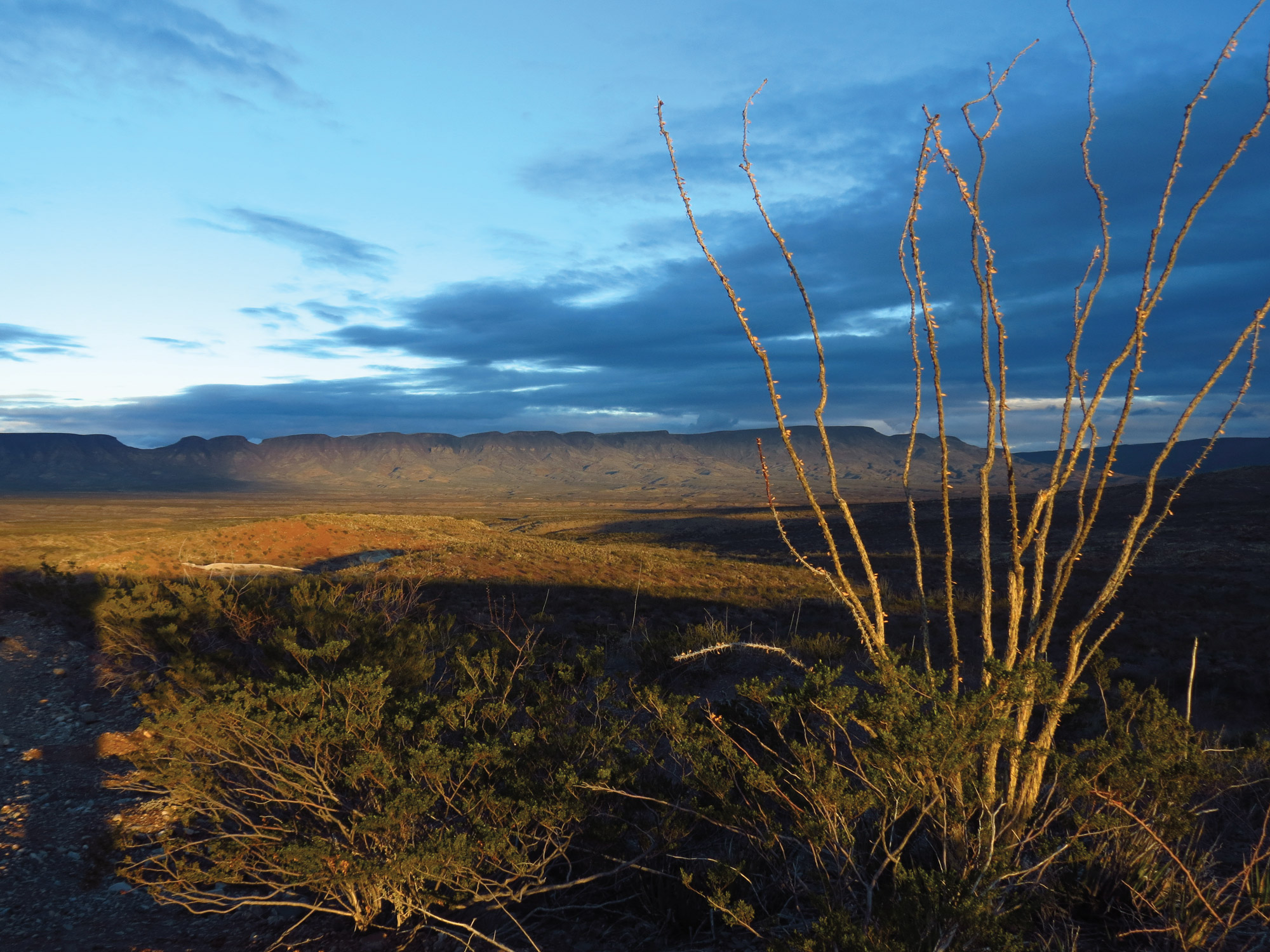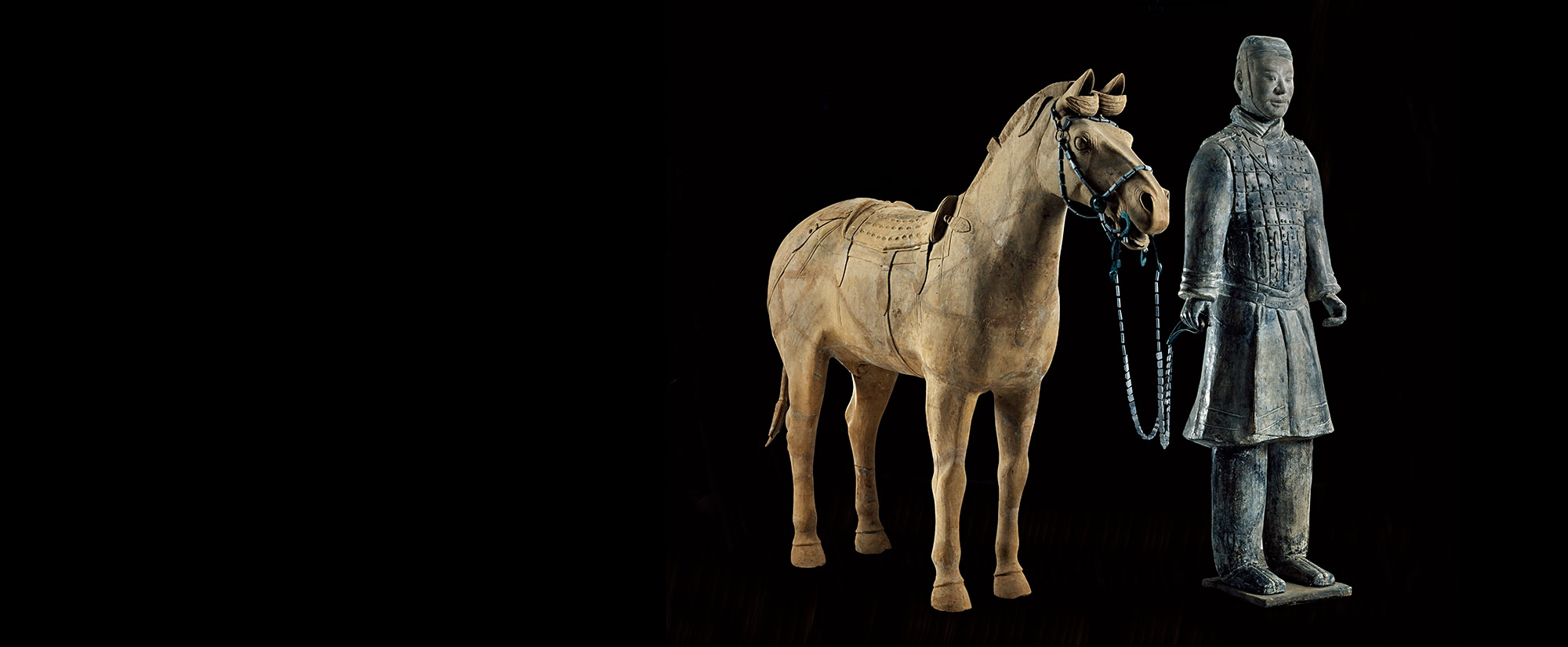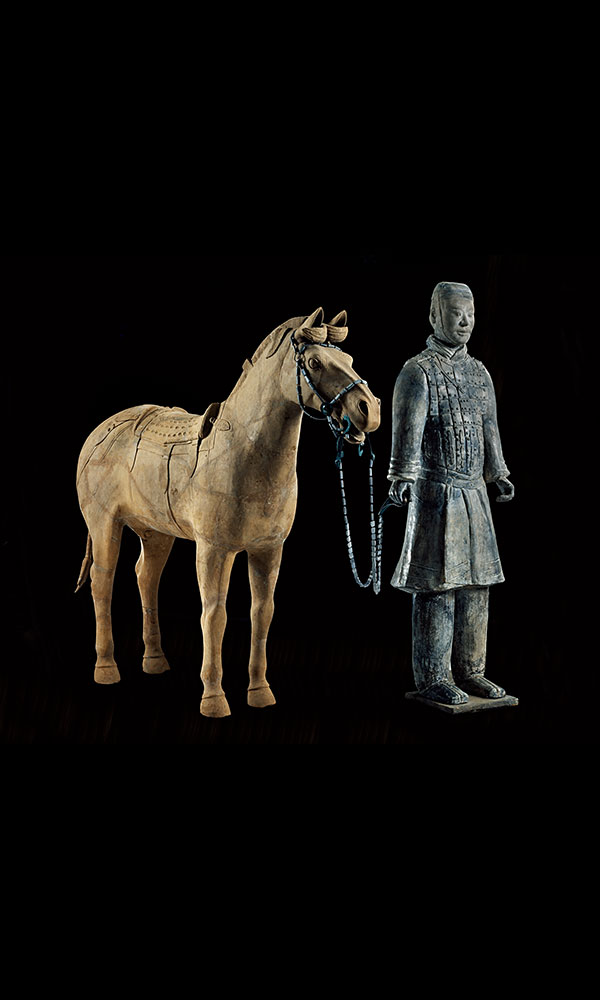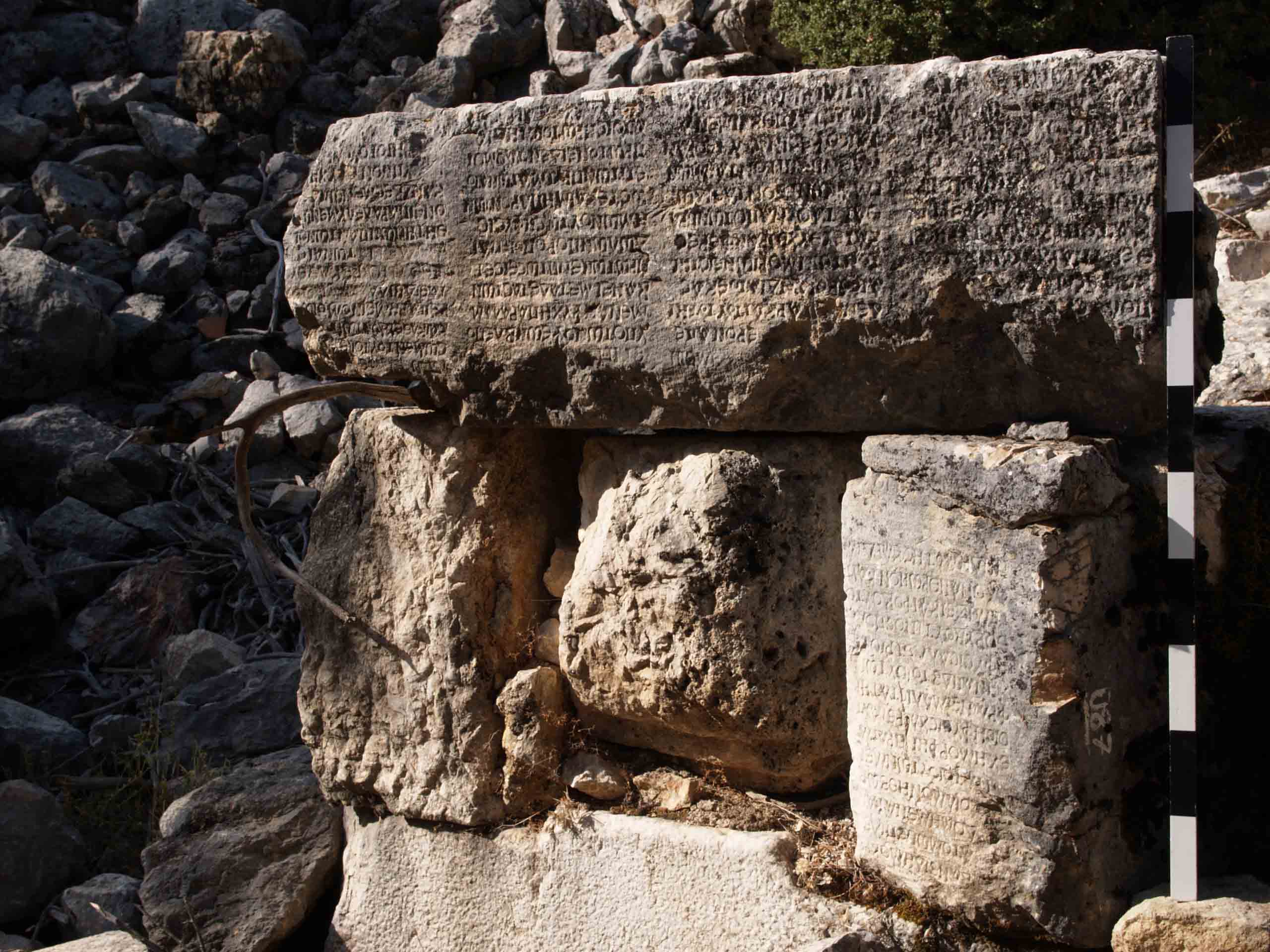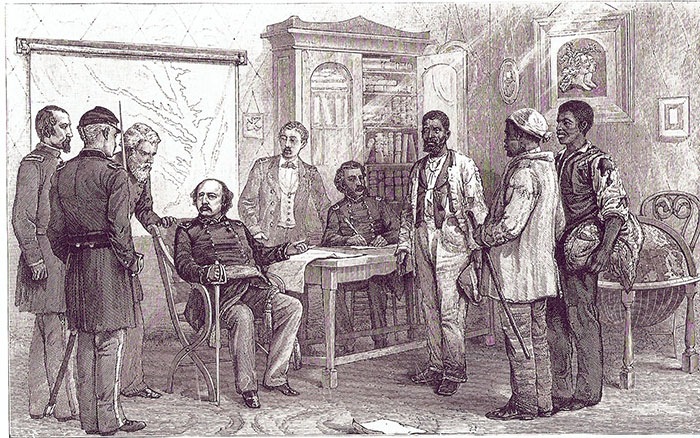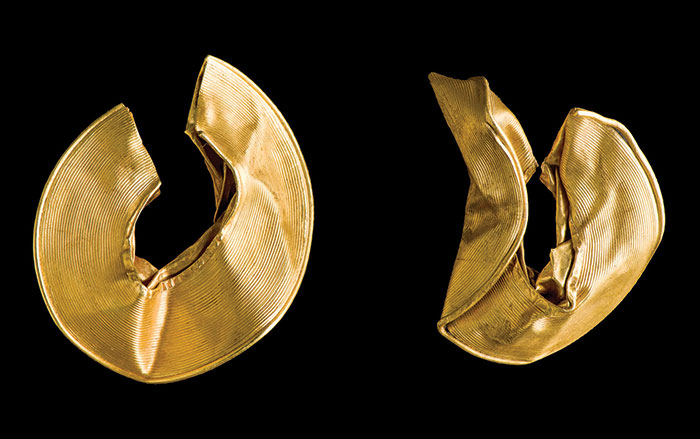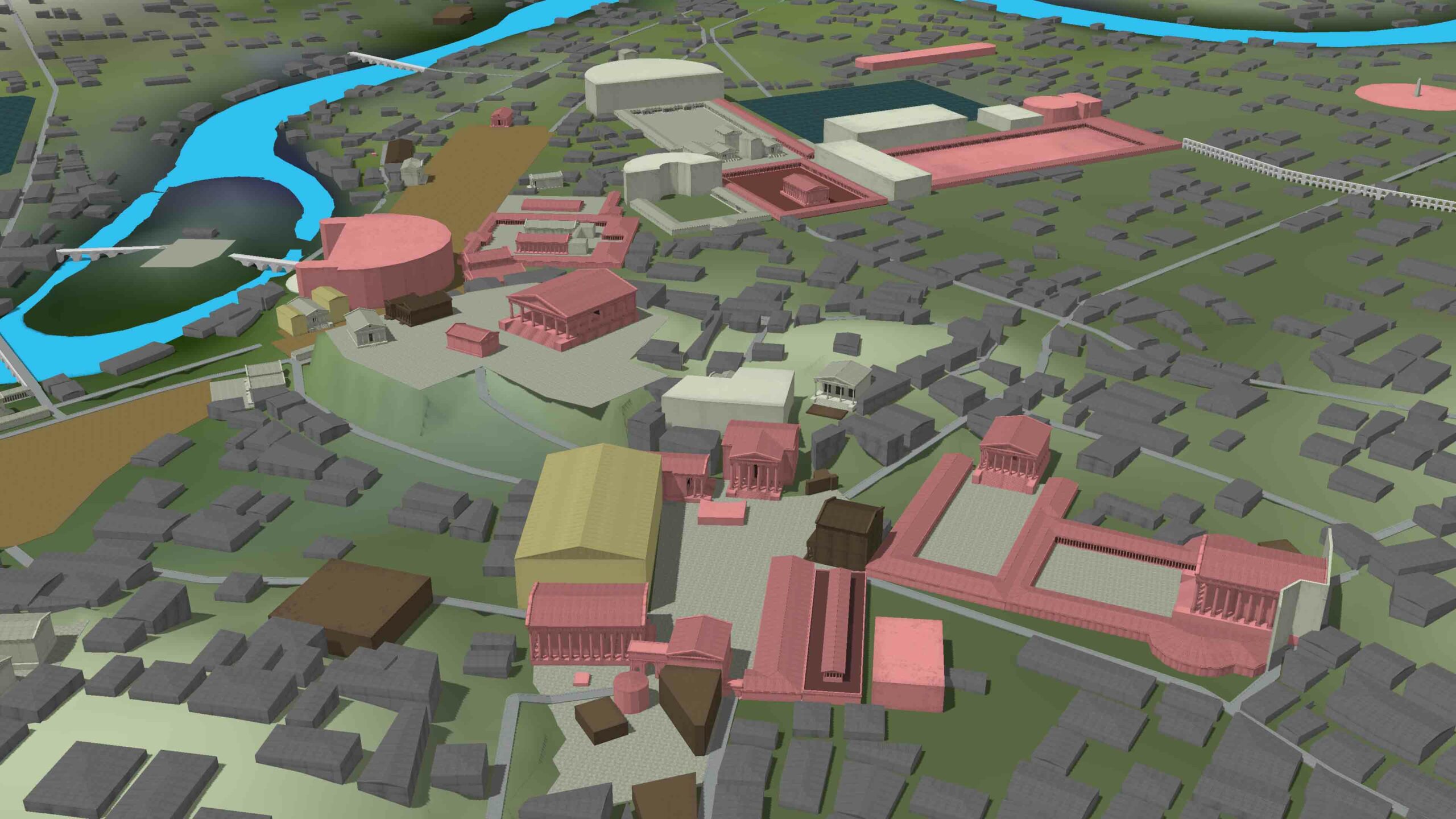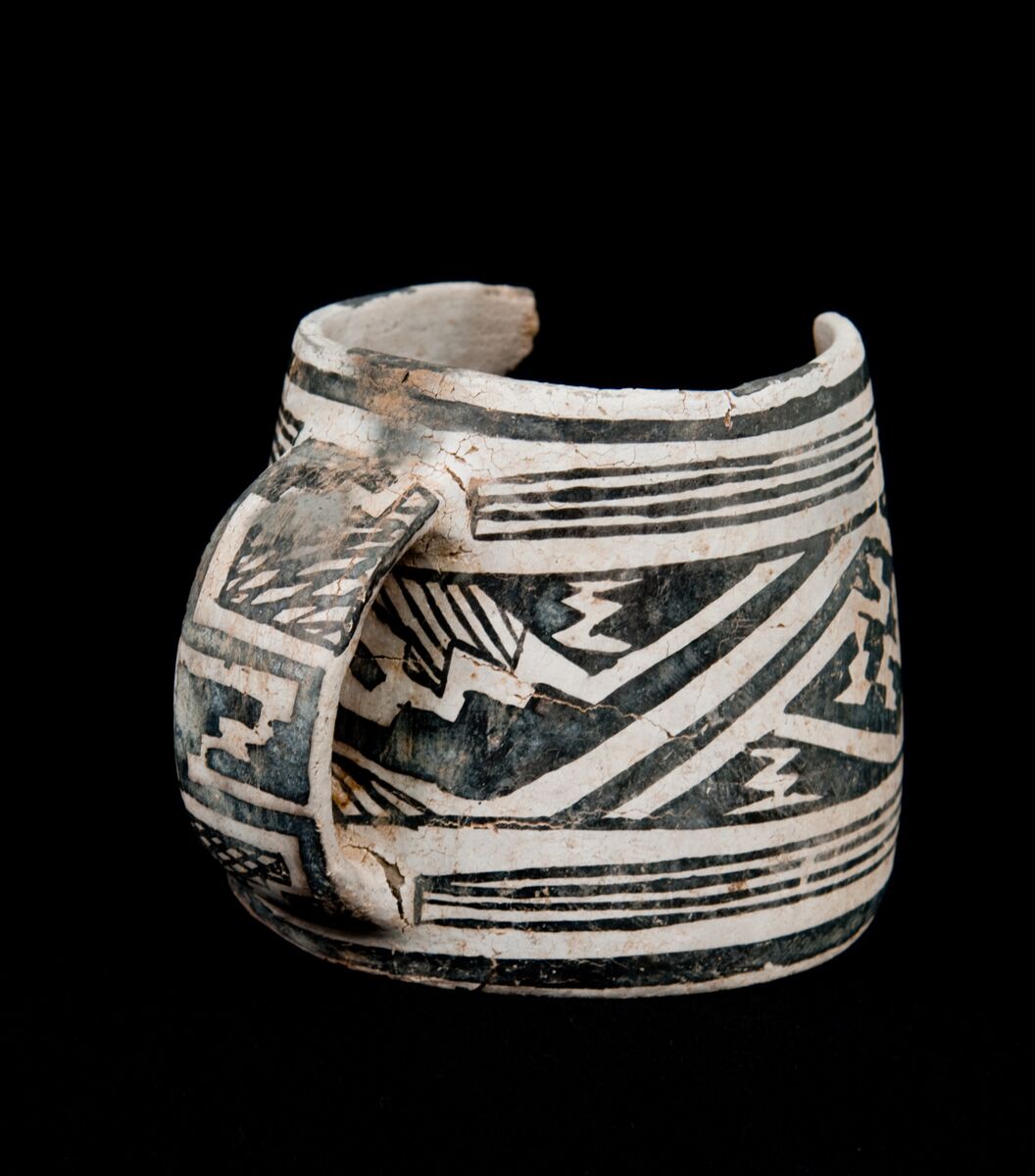
ALBUQUERQUE, NEW MEXICO—Two types of caffeinated drinks were widely consumed by people living in the Southwestern United States and Northwestern Mexico over a period of at least 700 years, according to Patricia Crown of the University of New Mexico. She found traces of caffeine in 40 of 177 sherds from jars, bowls, and pitchers recovered from pre-Hispanic archaeological sites throughout the Southwest. But the drinks, a cacao-based chocolate drink and black drink, made from a particular species of holly, were made from plants that do not grow in the Southwest. “I think the primary significance is that it shows that there was movement of two plants that have caffeine in North America—that they were either exchanged or acquired and consumed widely in the Southwest,” she said in a press release. Cacao and scarlet macaws, which are also found at Southwestern sites, were probably obtained through trade with Mexico. The holly may have come from Mexico or from the Southern United States. To read about archaeology in the region, go to "On the Trail of the Mimbres."


